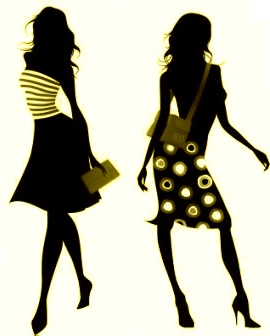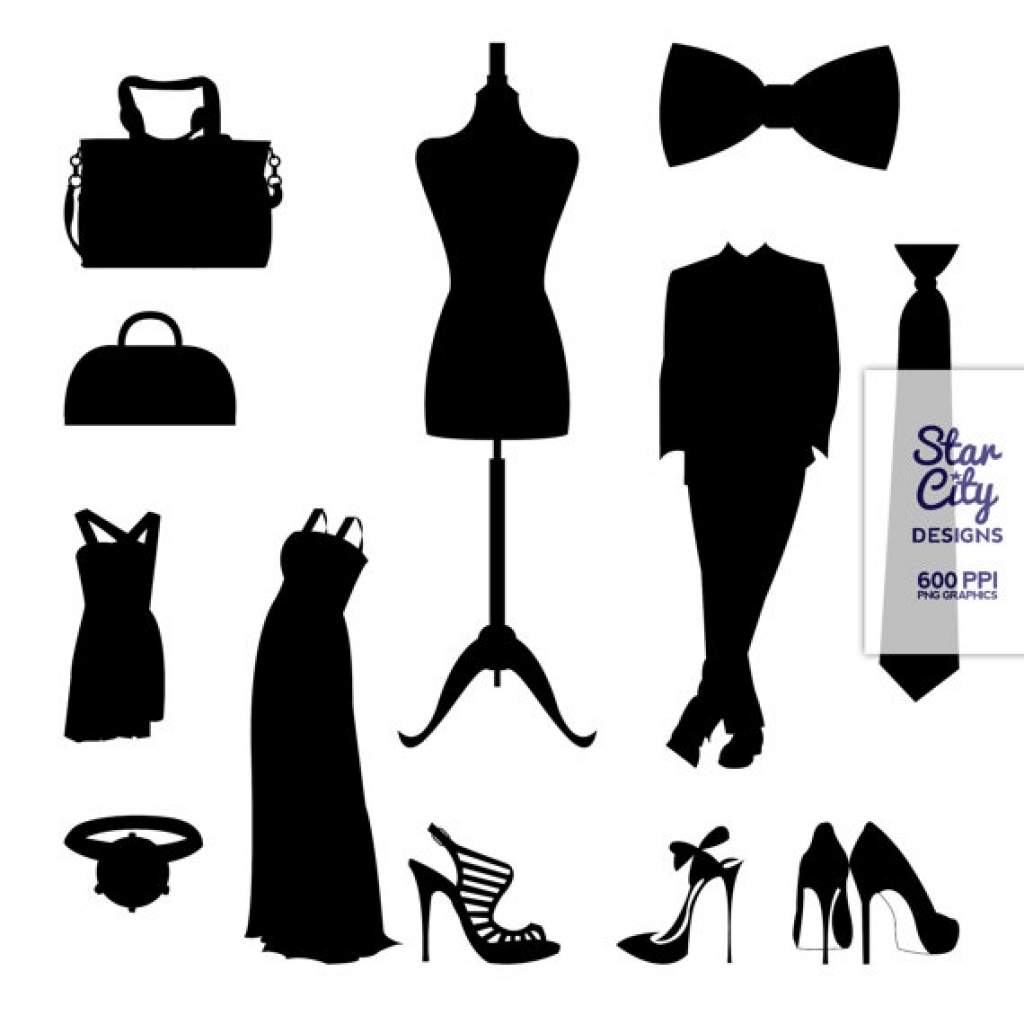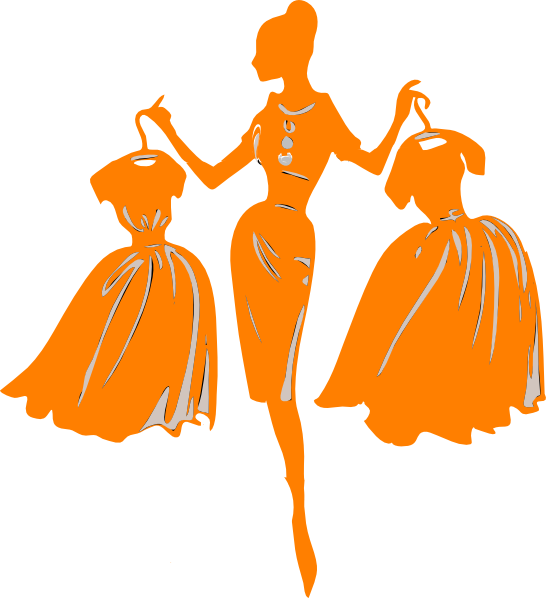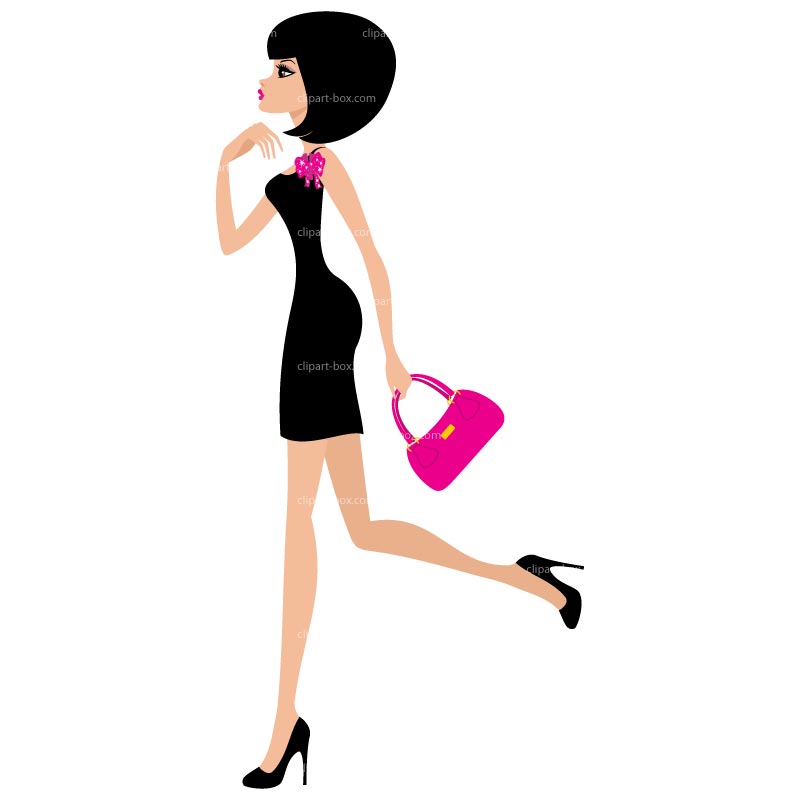Fashion Clipart
For millennia, clothing styles were fairly static, governed by availability of fabrics and manual production methods. As innovations enabled mass manufacture, the early 20th century saw major shifts occur every decade with rising consumer culture. Iconic figures like Coco Chanel, Christian Dior and Yves Saint Laurent made lasting marks. Today, the cycle of trends spinning from avant garde to mainstream speeds up.
Fashion Industry
A vast network of professions converges to dress the world. It begins with designers conceptualizing garments that buyers select for production. Manufacturers then source materials to be sewn in factories before items get shipped to stores or photographed for glossy spreads by models and magazines. Retailers analyze sales data to predict upcoming trends.
Fashion Trends and Cycles
Each fashion week, runway shows offer a glimpse of what silhouettes, colors, fabrics or details will likely gain mass appeal over the next year. Subcultures like punk, hip hop or athletic gear also make periodic splashes into the mainstream. Some classics like blue jeans or the little black dress endure decade after decade.
Sustainability in Fashion
With clothing production responsible for 10% of humanity’s carbon emissions, efforts to improve sustainability focus on materials, manufacturing, transport, recycling and educating consumers to care for garments longer. Innovations like fabric woven from ocean plastic bring promise, but the industry has far to go.
Economics of Fashion
As a $3 trillion global industry, fashion employs over 300 million along its value chain. Clothing also drives wider economic activity from textile production to e-commerce platforms and social media influencers. But fast fashion cycles also exploit cheap labor in developing nations while disposing high volumes of textiles as waste shortly after purchase.
Fashion in the Media
The dawn of cinema made stars and stylists coveted trendsetters. Today, celebrity culture and reality television still reinforce “who wore it best” fashion rivalries through relentless media exposure. Meanwhile, social platforms like Instagram and TikTok enable anyone to access tutorials or show off the latest hauls.
Sociology of Fashion
Beyond utility, clothing choices consciously and subconsciously communicate group membership and social status. Individual style also expresses personal values, aspirations, even alter egos. The phenomenon of collective conformity around a style as it disseminates relates to theorist Malcolm Gladwell’s “tipping point.”
Fashion Clip Art
To convey their aesthetic instantly, fashion illustrators rely on clip art symbolizing archetypal garments, accessories and industry tools:
- Dresses, high heels, handbags, neckties, watches, hats
- Sewing machines, scissors, buttons, fabric bolts, hangers, pin cushions
- Models posing, garment sketches, dress forms, racks
Using Fashion Clipart
Fashion blogs gain visual flair with clips of shoes or jewelry paired with text examining trends. E-commerce categories pop with images of apparel types. Merchandising plans map selections to illustrate balanced assortments across demographics. Social campaigns attract more eyes by featuring relatable scenes of friends complimenting new outfits.
Future of Fashion
Experts expect continued apparel customization on demand, more crossover with athletic/leisure wear, innovative responsive fabrics embedding technology, blockchain verification of ethical sourcing and augmented reality virtual dressing rooms. The metaverse may even shift venues for runway shows and shopping to virtual worlds modeled on gaming environments.
In this page clipartix present 54 fashion clipart images free for designing activities. Lets download Fashion Clipart that you want to use for works or personal uses.


























































